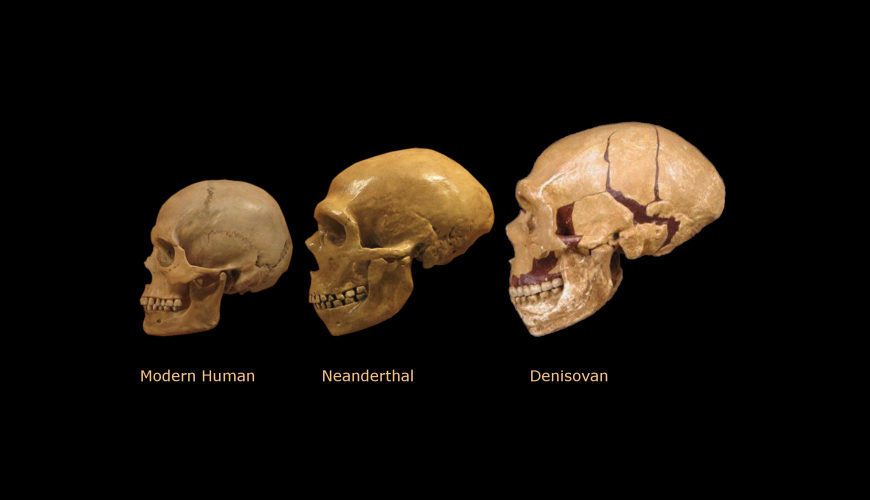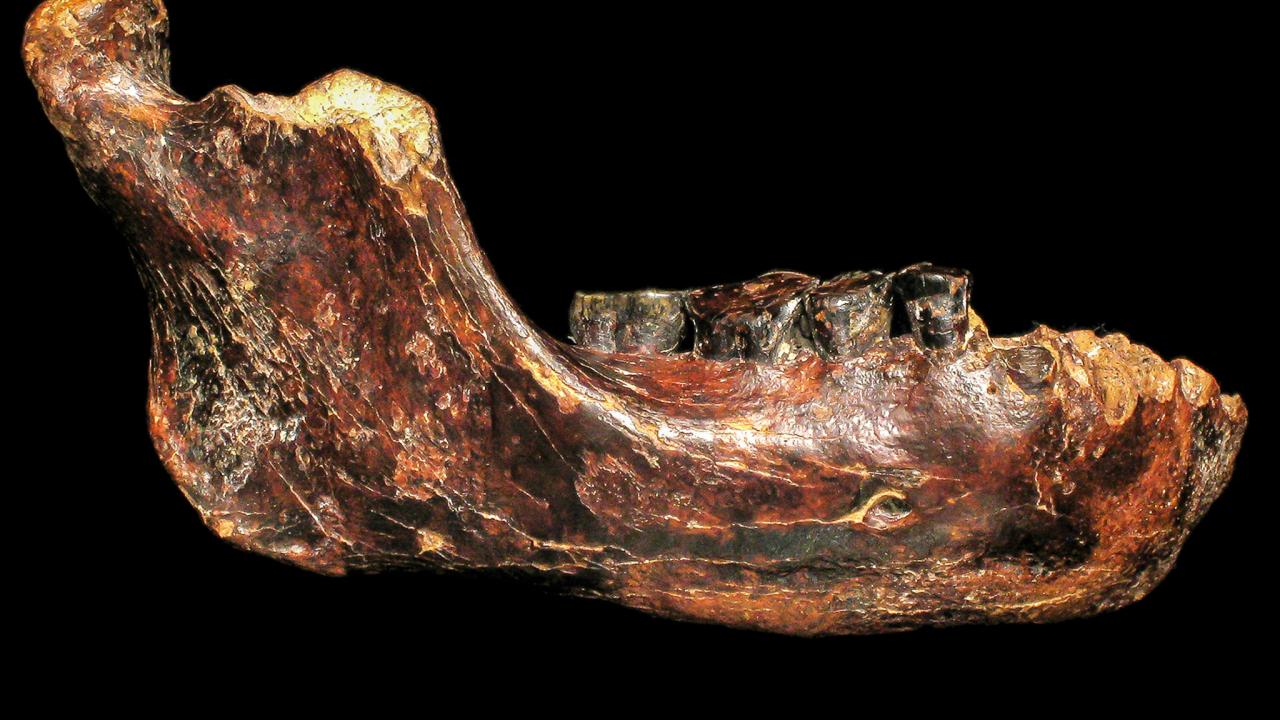100,000 year old skulls may belong to elusive Denisovans
Ann Gibbons
Science Magazine
Thu, 02 Mar 2017 14:00 UTC
 Since their discovery in 2010, the extinct ice age humans called Denisovans have been known only from bits of DNA, taken from a sliver of bone in the Denisova Cave in Siberia, Russia. Now, two partial skulls from eastern China
Since their discovery in 2010, the extinct ice age humans called Denisovans have been known only from bits of DNA, taken from a sliver of bone in the Denisova Cave in Siberia, Russia. Now, two partial skulls from eastern China are emerging as prime candidates for showing what these shadowy people may have looked like.
In a paper published this week in Science, a Chinese-U.S. team
presents 105,000- to 125,000-year-old fossils they call "archaic
Homo." They note that the bones could be
a new type of human or an eastern variant of Neandertals. But although the team avoids the word, "everyone else would wonder whether these might be Denisovans," which are close cousins to Neandertals, says paleoanthropologist Chris Stringer of the Natural History Museum in London.
The new skulls "definitely" fit what you'd expect from a Denisovan, adds paleoanthropologist María Martinón-Torres of the University College London-"something with an Asian flavor but closely related to Neandertals." But because the investigators have not extracted DNA from the skulls, "the possibility remains a speculation."
Back in December 2007, archaeologist Zhan-Yang Li of the Institute of Vertebrate Paleontology and Paleoanthropology (IVPP) in Beijing was wrapping up his field season in the town of Lingjing, near the city of Xuchang in the Henan province in China (about 4000 kilometers from the Denisova Cave), when
he spotted some beautiful quartz stone tools eroding out of the sediments. He extended the field season for two more days to extract them. On the very last morning, his team discovered a yellow piece of rounded skull cap protruding from the muddy floor of the pit, in the same layer where he had found the tools.
The team went back for another six seasons and managed to find 45 more fossils that fit together into two partial crania. The skulls lack faces and jaws. But they include enough undistorted pieces for the team to note a close resemblance to Neandertals.
One cranium has a huge brain volume of 1800 cubic centimeters-on the upper end for both Neandertals and moderns-plus a Neandertal-like hollow in a bone on the back of its skull. Both crania have
prominent brow ridges and inner ear bones that resemble those of Neandertals but are distinct from our own species,
Homo sapiens.
However, the crania also
differ from the western Neandertals of Europe and the Middle East. They have thinner brow ridges and less robust skull bones, similar to early modern humans and some other Asian fossils. "
They are not Neandertals in the full sense," says co-author Erik Trinkaus, a paleoanthropologist at Washington University in St. Louis in Missouri.

© Xiujie Wu
Virtual reconstructions of the Xuchang 1 and 2 human crania, superimposed on the archeological site where they were discovered.
Nor are the new fossils late-occurring representatives of other archaic humans such as
H. erectus or
H. heidelbergensis, two species that were ancestral to Neandertals and modern humans. The skulls are too lightly built and their brains are too big, according to the paper.
The skulls do share traits with some other fossils in east Asia dating from 600,000 to 100,000 years ago that also defy easy classification, says paleoanthropologist Rick Potts of the Smithsonian National Museum of Natural History in Washington, D.C.
Those features include a broad cranial base where the skull sits atop the spinal column and a low, flat plateau along the top of the skull. The Lingjing crania also resemble another archaic early human skull that dates to 100,000 years ago from Xujiayao in China's Nihewan Basin 850 kilometers to the north, according to co-author Xiu-Jie Wu, a paleoanthropologist at IVPP.
Wu thinks those fossils and the new skulls "are
a kind of unknown or new archaic human that survived on in East Asia to 100,000 years ago." Based on similarities to some other Asian fossils, she and her colleagues think the new crania represent regional members of a population in eastern Asia who passed local traits down through the generations in what the researchers call regional continuity. At the same time,
resemblances to both Neandertals and modern humans suggest that these archaic Asians mixed at least at low levels with other archaic people.
To other experts, the Denisovans fit that description: They are roughly dated to approximately 100,000 to 50,000 years ago, and their DNA shows that
after hundreds of thousands of years of isolation, they mixed both with Neandertals and early modern humans. "This is exactly what the DNA tells us when one tries to make sense of the Denisova discoveries," says paleoanthropologist Jean-Jacques Hublin of the Max Planck Institute for Evolutionary Anthropology in Leipzig, Germany. "These Chinese fossils are in the right place at the right time, with the right features."
But Wu and Trinkaus say they can't put fossils in a group defined only by DNA.
"I have no idea what a Denisovan is," Trinkaus says. "Neither does anybody else. It's a DNA sequence."
The only way to truly identify a Denisovan is with DNA. IVPP paleogeneticist Qiaomei Fu says she tried to extract DNA from three pieces of the Xuchang fossils but without success.
Regardless of the new skulls' precise identity, "China is rewriting the story of human evolution," Martinón-Torres says. "I find this tremendously exciting!"









